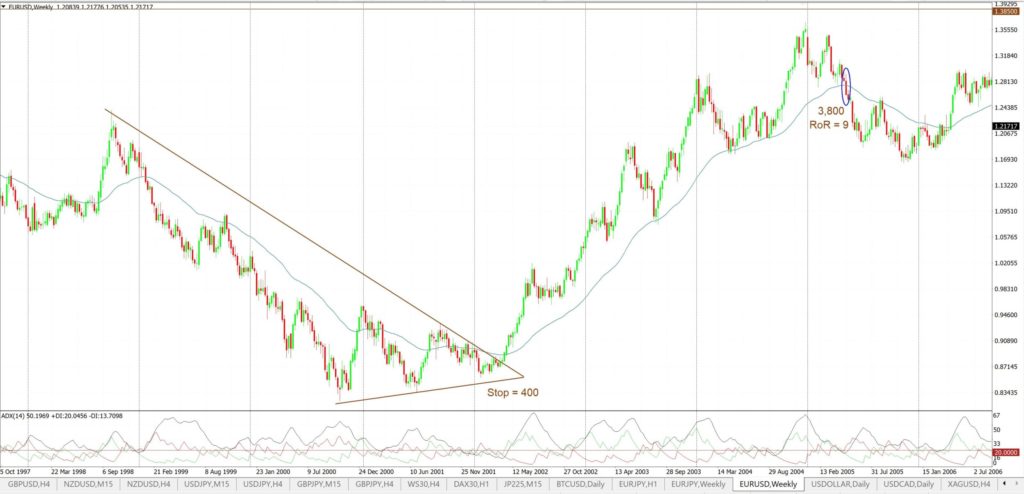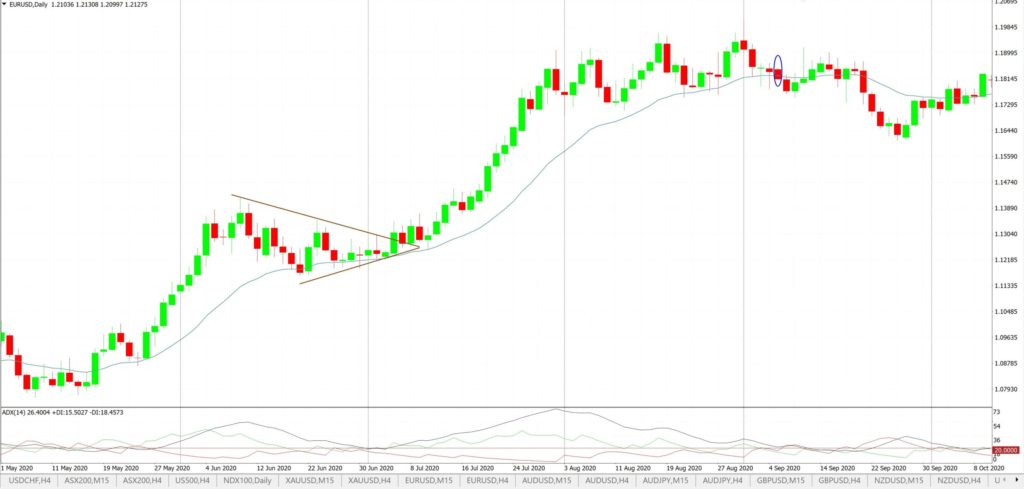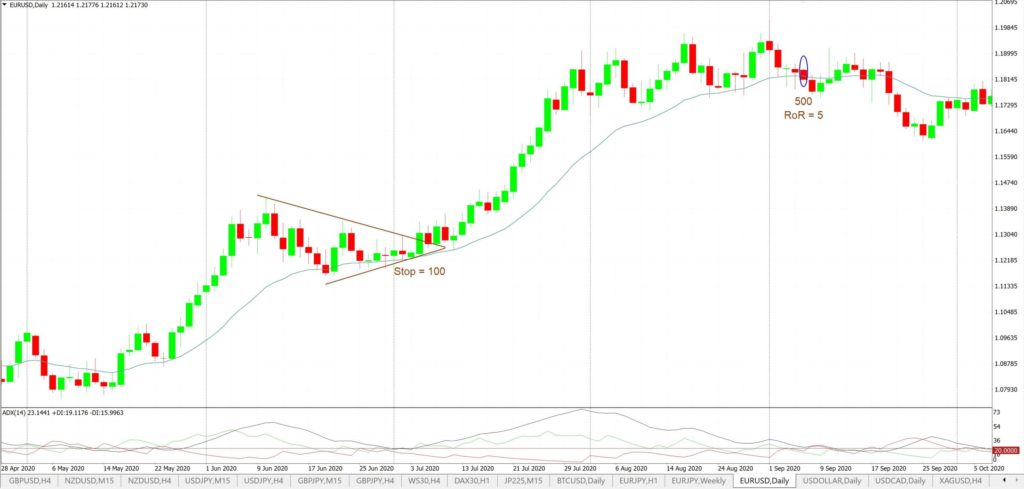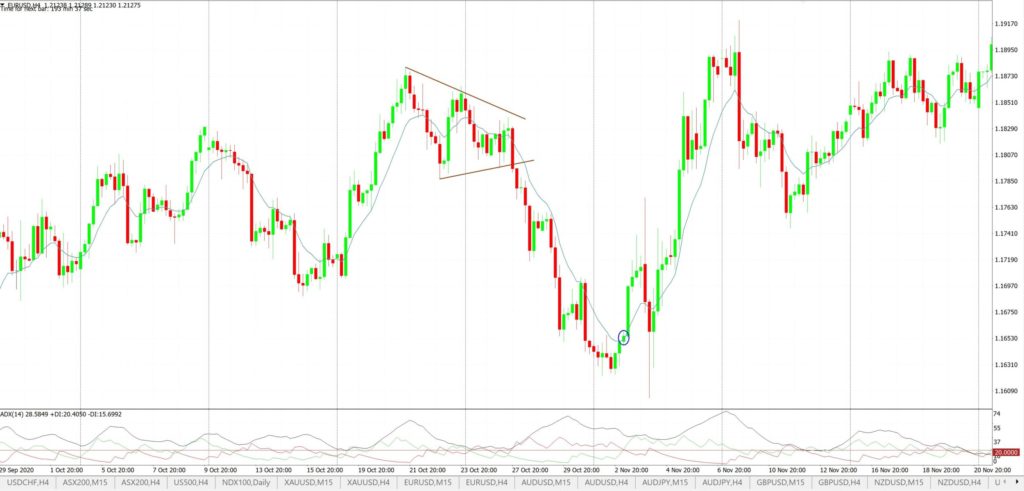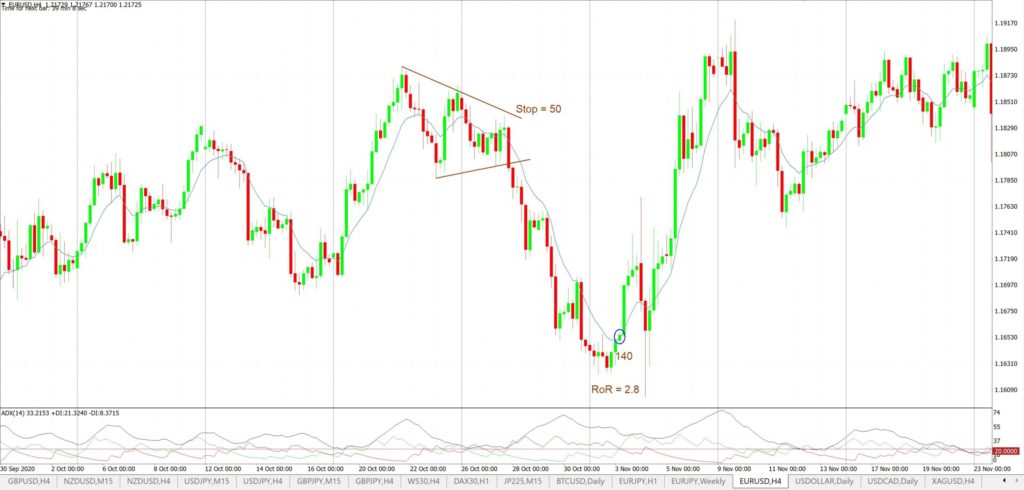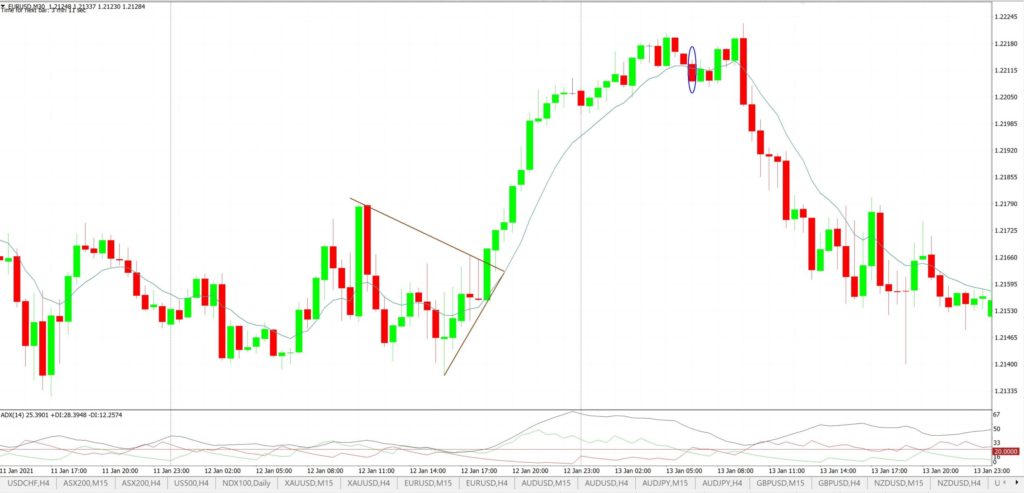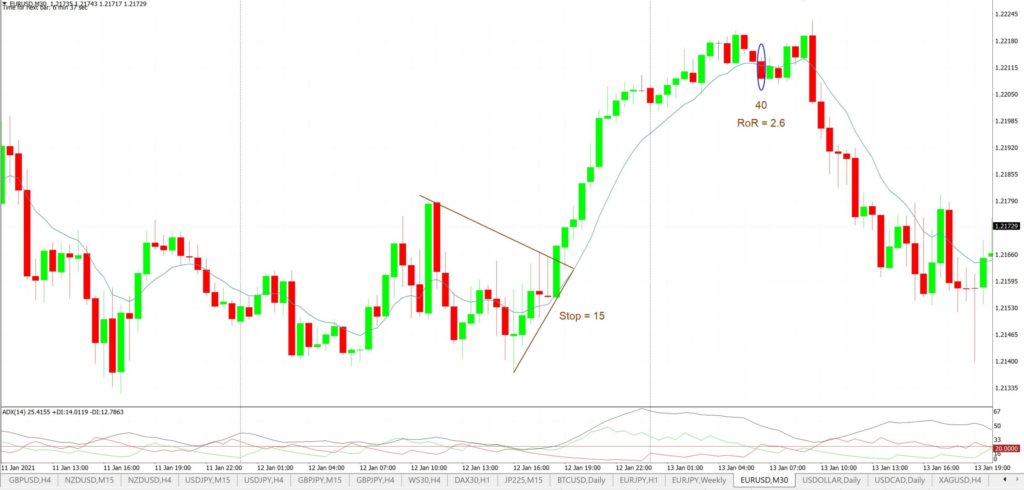This article is designed for educational purposes and to assist struggling or new traders develop their own system for finding potential trades. My trading journey started with efforts to source ready-made, or black box, trading systems but after spending a lot of time, and a lot of money, I eventually realised this effort was futile. I eventually developed my own trading system and had that coded into a TC indicator but I am not licensed to distribute this.
Moving forward several years and I am now often asked by new and / or struggling traders about how to find a trading system. This is often asked with the same level of ease and expectation as if they were asking a grocery assistant in which aisle they’ll find the peanut butter! Little do they realise how long, convoluted and often painful is the journey that most traders travel to reach any point of some accomplishment. In spite of this, I thought I would develop a framework that might help to get new traders started on their journey; it is often easier to start by having something to work with than starting from scratch.
Like with the proverb:
“give a man a fish and you feed him for a day; teach a man to fish and you feed him for a lifetime“
this is not intended to be simply copy and pasted as one’s own trading strategy. Rather, it is a very basic framework that may offer traders a starting point for developing their own trading system. My suggestion is to trial this framework and, then, enhance or tweak it to suit your individual trading style and trading goals.
The framework suggested below is a relatively simple one and builds on information presented in earlier articles linked below. I suggest you read these before progressing further:
- Basic Intro to Technical Analysis:TC Style.
- ADX Directional Index.
- Support and Resistance.
- Trend line breakouts: Volume v Momentum.
It is important to remember that there are many and varied successful ways to trade. This fact alone is why it can be so overwhelming for new traders; they see so many different approaches and each with their own unique bias or special indicator etc. However, I firmly believe that the key to success is to:
- find a strategy that gives you a bit of an Edge, that is, that gives results that are better than a coin toss.
- apply this strategy with Discipline and Consistency.
- apply this strategy with appropriate Risk and Reward parameters.
It is most important to note that traders cannot control the outcome of any trade. The ONLY thing a trader can control is their Risk / Exposure. That is why it is critical that you appropriately manage your Risk in any trade and keep this to a reasonable proportion to your trading account. I recommend 2% Risk per trade as an initial starting point. The percentage of Risk determines the amount of funds a trader can allocate to a trade and will then be used to determine the STOP size.
TC’s Simple ADX Trading Framework:
The Framework: The framework involves the following core ideas:
- Select: a time frame of trading and chart that best suits your situation.
- Choose: a trading instrument that works best for your time frame of treading. The EUR/USD has been used for the examples below).
- Identify: for any sideways congestion pattern.
- Monitor: for any new momentum-based trend line breakout. I use the ADX to help identify momentum.
- Enter: new trade on first candle following any momentum breakout.
- Place Stop: on other side of congestion pattern.
- Take profit: on first candle to close on the other side of a pre-determined Moving Average (or EMA). The size of EMA might vary depending on time frame or trading: see examples below).
- Tweak: your strategy to try and get outcomes that deliver a Return on Risk that is 2:1 or greater.
Examples:
- The first chart shows the congestion pattern and the Take Profit candle is circled.
- The second chart shows a rough application of Stop and Take Profit levels with a calculation on the Return on Risk (RoR). This is simply the Take Profit amount / Stop.
Weekly time frame: Trial use of a 50 EMA:
- Look for sideways consolidation and place trend lines around this candle cluster.
- Use ADX to help identify any momentum b/o:
- LONG trades: ADX and +DMI > 20 and on incline.
- SHORT trades: ADX and -DMI > 20 and on incline.
- Enter trade on the first candle close outside the congestion pattern.
- Stay in trade until the price closes on the other side of 50 MA.
- Look for sideways consolidation and place trend lines around this candle cluster.
- Use ADX to help identify any momentum b/o:
- LONG trades: ADX and +DMI > 20 and on incline.
- SHORT trades: ADX and -DMI > 20 and on incline.
- Enter trade on the first candle close outside the congestion pattern.
- Stay in trade until the price closes on the other side of 20 MA.
- Look for sideways consolidation and place trend lines around this candle cluster.
- Use ADX to help identify any momentum b/o:
- LONG trades: ADX and +DMI > 20 and on incline.
- SHORT trades: ADX and -DMI > 20 and on incline.
- Enter trade on the first candle close outside the congestion pattern.
- Stay in trade until the price closes on the other side of 10 MA.
- Look for sideways consolidation and place trend lines around this candle cluster.
- Use ADX to help identify any momentum b/o:
- LONG trades: ADX and +DMI > 20 and on incline.
- SHORT trades: ADX and -DMI > 20 and on incline.
- Enter trade on the first candle close outside the congestion pattern.
- Stay in trade until the price closes on the other side of 10 MA.
Concluding comments:
The above framework is suggested to help traders develop their own trading system that is best suited to their individual needs and trading style. It is educational in nature and not offered as a final trading regime but, rather, as a framework for traders to develop and build on.
Traders need to realise that having a trading system that gives you an edge is just one component of a successful trading strategy. Of equal, and some would argue more, importance is controlling your Trade Management and Risk per Trade. These are substantial topics in their own right but not the main focus of this article, however, new and developing traders should be well acquainted with these subjects BEFORE any trading activity.
Remember to do your own research and only ever trade with funds you can afford to lose.
Remember:
- Trading can result in significant financial loss.
- Traders should seek personal financial advice before undertaking any trading activity.
- Traders need to do their own research and to only ever trade with funds they can afford to lose.





